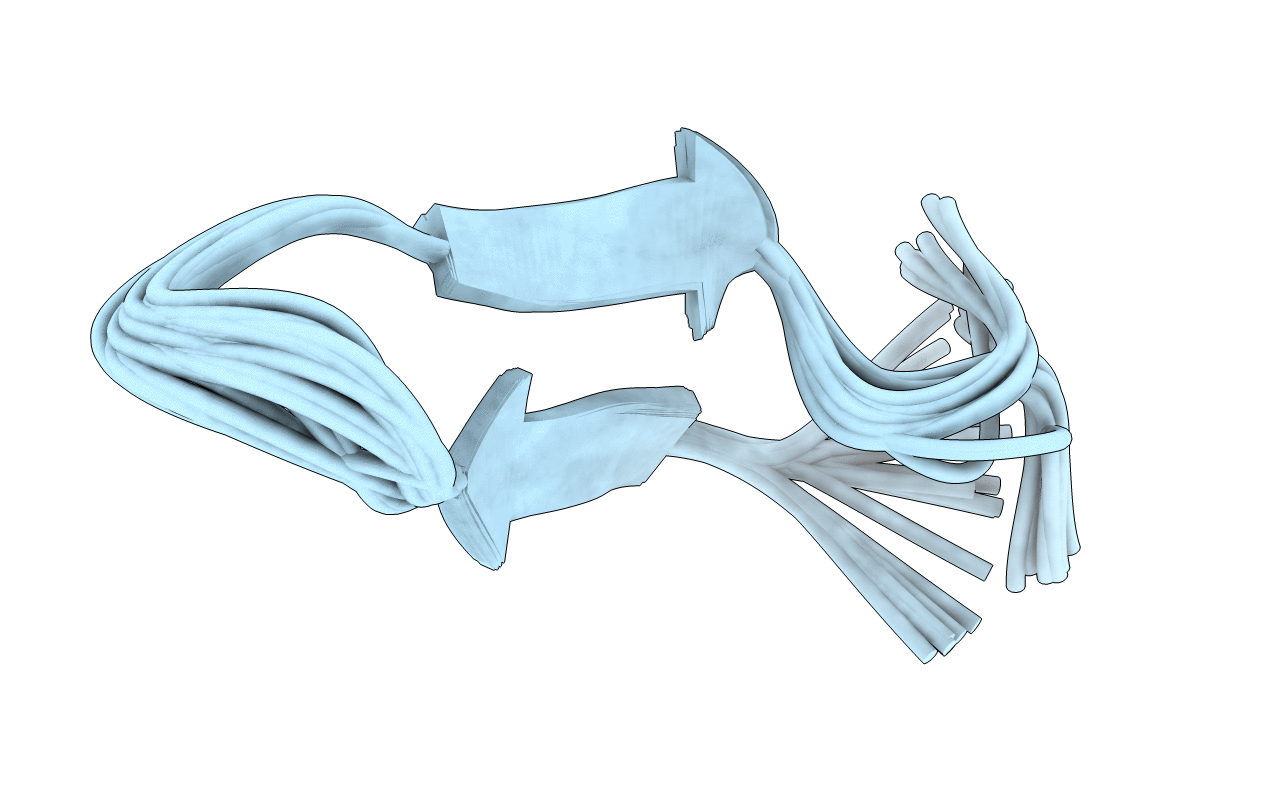
Deposition Date
2006-08-09
Release Date
2006-11-01
Last Version Date
2025-04-09
Entry Detail
PDB ID:
2J15
Keywords:
Title:
Cyclic MrIA: An exceptionally stable and potent cyclic conotoxin with a novel topological fold that targets the norepinephrine transporter.
Biological Source:
Source Organism:
CONUS MARMOREUS (Taxon ID: 42752)
Method Details:
Experimental Method:
Conformers Calculated:
50
Conformers Submitted:
21
Selection Criteria:
LOWEST ENERGY


